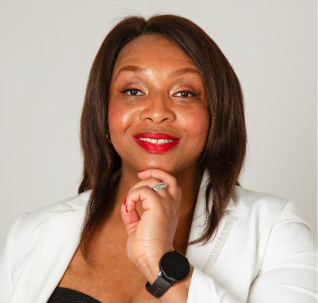Whether it be a Facebook post, a tweet or photo uploaded on Instagram, users of digital platforms are always producing, sharing and consuming information online.
Digital content creation is an increasingly profitable sector. Advertisers spent US$500 million in podcast advertising alone. TikTok was named Brand of the Year for 2020, ending the year with over two billion downloads worldwide. People watched over seven billion hours of streamed content on live streaming platforms such as Youtube and Twitch.
However, there is a difference between producing content, and being labelled as a content creator. There are three main distinctions. The first is intentionality, the second is planning and the third is financial compensation.
Content creators are intentional about the content they share, dedicating their chosen platform to showcase a skill, share information or project. An example is a cooking Youtube channel, a wellness blog, or an arts and culture podcast. Secondly, content creators time the release of new content. It is not published randomly.
They schedule the release of their content, such that their audience can come to expect when and where fresh content will be published. The last distinction is all thanks to their audience, visibility and engagement. Content creators can secure sponsorships, brand deals and collaborations, and thereby monetise their content and potentially build a brand.
The future of digital content creation therefore, heavily relies on the attitudes of the audience, increased accessibility to the Internet and different forms of monetisation.
A recent report from Deloitte predicts the growth of intelligent edge: the expansion of 5G networks and cloud servers, increased connectivity and increased use of artificial intelligence will play major roles in media and telecommunications. This could translate into an increase in data-driven content. It will also mean more affordable and accessible ways to create and consume content. More content and more consumption means more revenue for both digital creator and platform manager.
Monetisation models could also change as a result.

A particular form that may gain traction is virtual tipping. Instagram, Facebook Live, Twitch and Youtube have already incorporated tipping onto their platform, with content creators being able to earn money from fans buying badges. Subscription-based platforms such as Substack will continue to grow, enabling writers to sell content to subscribers with no middle men.
For African women looking to establish themselves in the media, these digital platforms are an affordable and accessible alternative.
Journalists can use digital spaces as independent publishing platforms while avoiding the costs and logistics involved in establishing a traditional media brand. Furthermore, these spaces also allow for more interaction between producer and consumer, making digital content creation a more dynamic, immediate and familiar space for audiences.
This aspect has been especially beneficial during the global lockdown as a result of COVID-19. More people staying at home and being online means larger audiences, more engagement and further reach. African women have found success in these spaces.
Comedians such as Elsa Majimbo and Anne Kansiime have used Instagram and Youtube to share their content worldwide, and have landed deals and collaborations as a result. Some content creators, such as Dimma Umeh, have shifted the focus of their content to cover current events in their home countries and worldwide. This shows a flexibility in digital content creation: as owners and producers of the content, digital creators can shift the focus of their work when they deem it necessary.
African female journalists are carving a niche for themselves, especially on Youtube.
Tilder Live Zim left broadcast media and started a Youtube channel, whose content is mainly in indigenous languages. She focuses on unpacking social issues and interviewing the people affected to provide a human angle to often abstract stories. One of the more established African female digital content creators is Adeola Fayehun. Her Youtube channel, which started in 2012, has over 400,000 subscribers and over 71 million views, with her content covering African current affairs and commentary issues in her series ‘Keeping It Real’.
And so, based on the Circuit of Culture Model by Richard Johnson, there are four steps involved in the process of content creation:
- the Production: this involves shooting, editing, writing or recording information by the content creators.
- the Content itself: this is the final product.
- the Consumption: this is when the content creators publish their product for the public to view and experience.
- the social, cultural and economic context in which content creators work.
At every stage of content creation, the people involved are performing different forms of labour. Whether it’s the production and sharing of information (affective labour) or self-promotion on digital platforms in order to gain popularity and increase the profile of their content (visibility labour), content creation is work. The people creating, sharing, engaging with and publicising content are all engaged in this labour.
Understanding the four-step process is important in analysing digital content creators. This is especially significant for Africa.
When it comes to research and studies of Internet usage in Africa, the dominant focus is on the digital divide and inequalities, the power of social media as seen in the Arab Spring and FeesMustFall, or the clamping down of social media platforms and censoring Internet access by governments. As important as these areas of focus are, there is not enough focus on the relationship between monetising digital content and the potential decentralisation of media production. Digital technologies, knowledge economies, access to information, and economic activity, lead to the creation of new sectors and sub-sectors of the media.
The power dynamics and visibility that play out on the global stage are mirrored when it comes to the Internet.

A 2015 study showed that only 1.1% of academic articles on digital content creation were authored by or came from Sub-Saharan Africa. Only one African country, South Africa, features on the list of the top 50 content-producing countries worldwide. African countries consistently rank at the bottom of content creators, domain registration and articles on content creation.
However, the picture is not completely bleak.
Thanks to increased mobile and data penetration, it is more accessible to produce and consume content. The Adventures From, created by Nana Darkoa Sekyiamah and Malaka Grant, is a platform for African women “to share experiences of sex and [their] diverse sexualities.” Their website has been active since 2009.
The Adventures From serves as one of the success stories of longevity and innovation.
Part of this success is due to their production model, which includes guest submissions. By having people submit fiction and non-fiction stories, the readers have the opportunity to contribute (with contributors now receiving an honorarium). This merges producers as consumers, and as a result the audience of Adventures From becomes more invested in the website’s content.
A crucial part of this relationship between readers/producers and the managers of The Adventures From is social capital.
Social capital, defined as a resource or resources that are a result of social interactions and networks, is important in building a content creator’s brand and profile, which would lead to financial compensation for their work. Essentially, the stronger the relationship between content creator and content consumer, the higher social capital that content creator has, and the more returns they can get from their social network.

People who enjoy a content creator’s work are more likely to consume their content, buy their merchandise, or support them directly through crowdfunding drives, or platforms such as Patreon.
There are different models for financial compensation.
Youtube paved the way by introducing the monetisation of videos and partnering with content creators in 2007. Google AdSense works mainly on websites and blogs.
Content creators can do collaborations with businesses and produce sponsored content, or post affiliate links and get a percentage of resulting sales. Another option of support to content creators is through direct payments. On paper, the variety of options should make it easier for African content creators to get paid for the work they produce.
However, this isn’t the case. Monetisation of Youtube videos requires a certain number of subscribers, views and engagement. Similarly with Google AdSense, the blog or website has to have a certain number of monthly views. For people trying to build their audiences (which can be difficult as American and British content creators dominate the sector), this could mean months (or potentially years) of labour without financial reward.
And although collaborations and sponsored content is an alternative, advertisers have been slow on the take. Businesses first require to see the value of advertising on a content creator’s platform.
African digital content creators represent a sector that is establishing itself as an integral part of the Internet. As they navigate this terrain and contribute to the continent’s digital presence, analysing the processes they go through and potential hurdles they face will be beneficial for creators, consumers, academics and advertisers.



